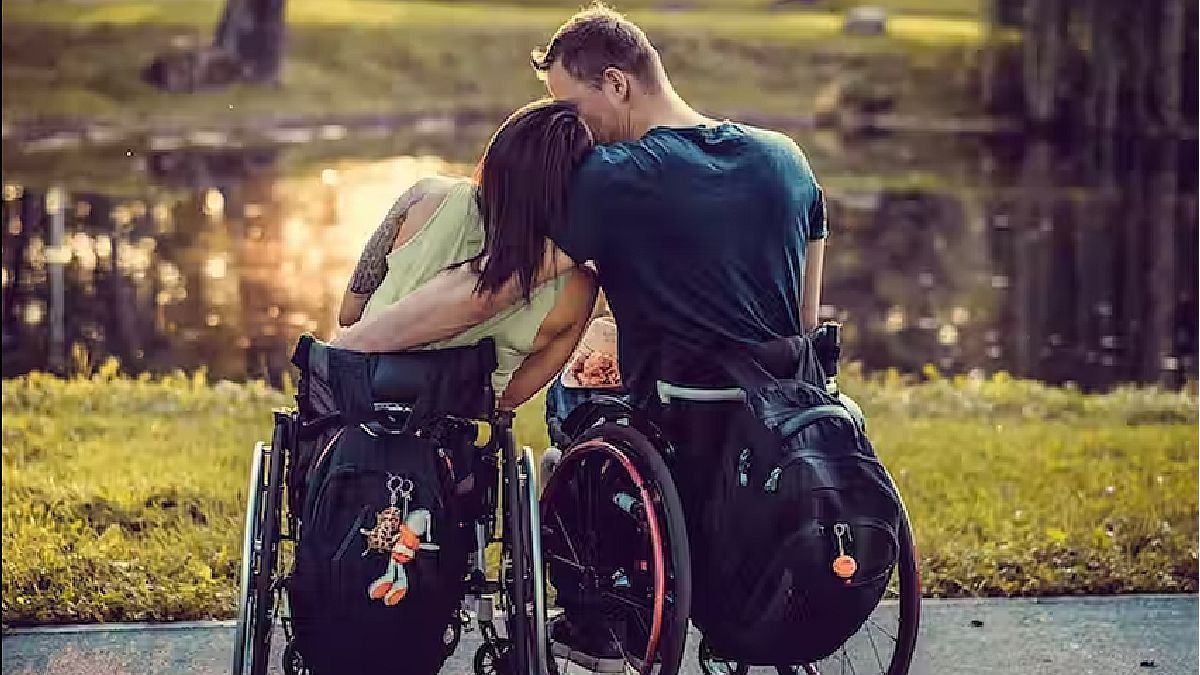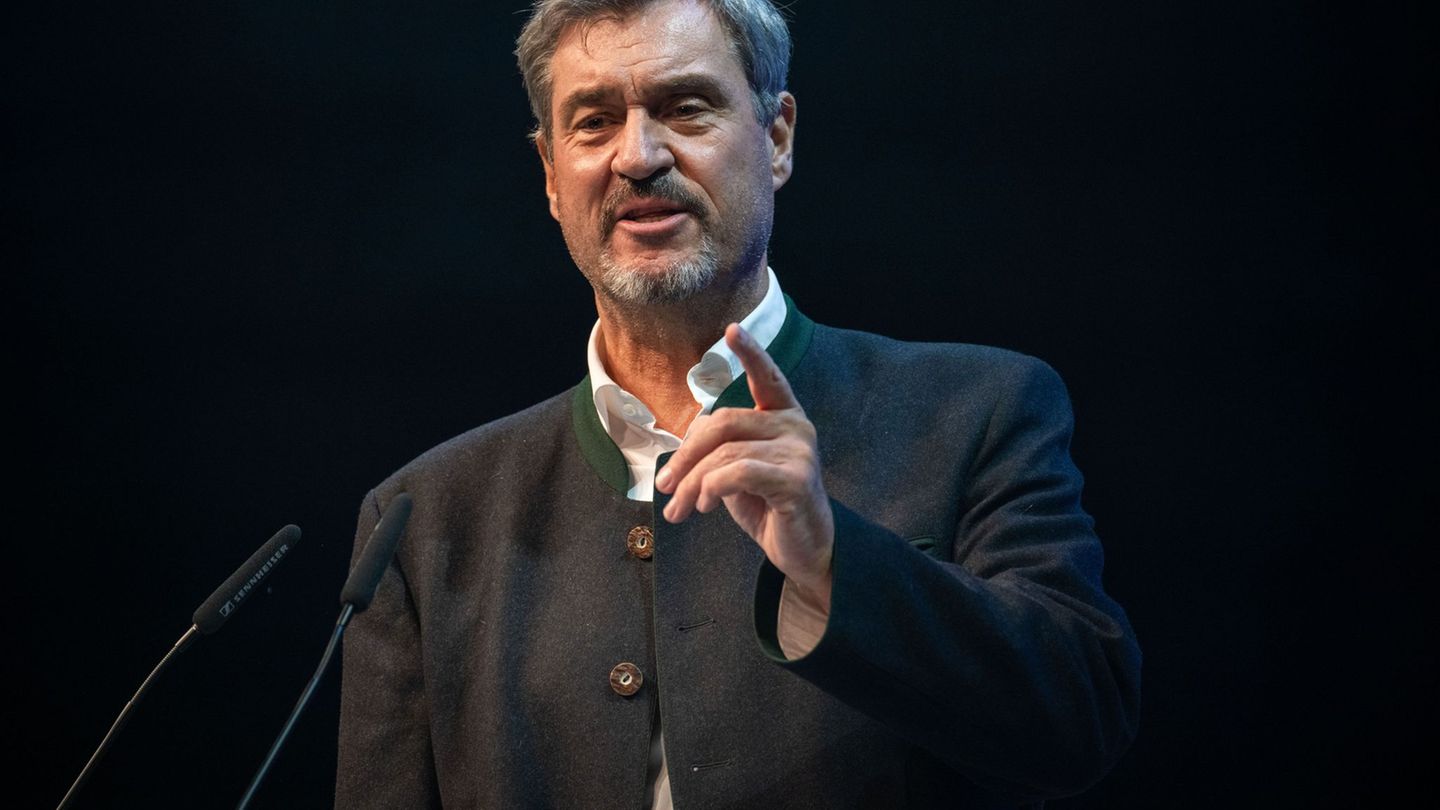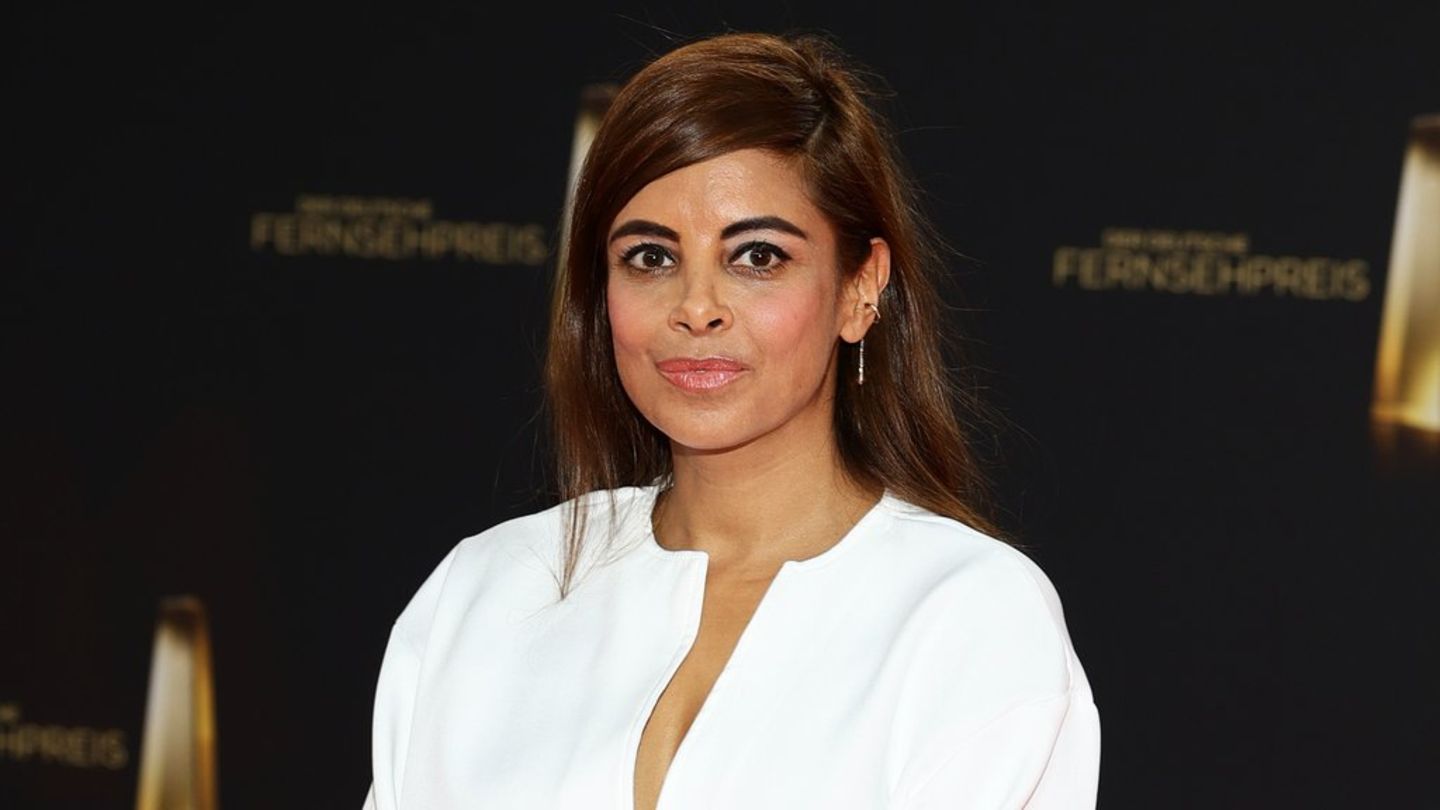It is still not easy to talk about sexuality and disability, much less about the couple and disability. And many feelings and reactions of people about it arise: fear, shame, modesty, pity. There seems to be some reluctance to treat or address it. However, the truth is that sexual life and pleasure are not exclusive to people called (erroneously) normal.
Even today, a welfare conception persists in the imaginary that does not consider the person with a disability as a subject of desire or capable of experiencing pleasure, but rather as passive, “incapable” of loving and being loved, infantile and asexual.
This charitable and paternalistic perspective crosses all areas and sexuality is no exception. Sexual relations are not contemplated within the stereotype that labels people with disabilities as “weak and miserable.”
As a result of this perspective, there are innumerable physical and social barriers that are faced, among which are: lack of accessibility, absence of accurate information, lack of trained professionals, omission of people with disabilities in debates and exchanges, among so many others.
Sex and disability: frequent myths and stereotypes
My partner has a disability too. “Does your partner have a disability?” was the first thing they asked me when I started dating my husband 16 years ago. And this questioning has always caught my attention, as if being a person with a disability necessarily implies that whoever I choose to be by my side must also have a disability. This is a misconception that we need to banish as there is nothing in our situation to indicate that it should be so. A person with a disability goes far beyond her diagnosis.
People with disabilities are asexual
Mainly, a generalization has to do with the lack, denial or absence of an active sexual life, perpetuating a compassionate and reductionist model. A common sense that disbelieves in the possibility of people with disabilities to feel desire and even to have a casual partner.
Intimacy is also part of the lives of people with disabilities and there are multiple supports and tools that enable this possibility. Like any person, we are capable of feeling desire.
think of ourselves as a burden
On the other hand, it is necessary to take into account that, beyond sexuality, there is a tendency to consider that people with disabilities are a nuisance in any couple and that it will generate dependency as well as loss of autonomy, leaning towards a “logic of care ”.
How many couples do we see on the street in which one of the people has a disability? Advances in the field of disability make possible the emergence of more tools that enable the increasing independence of people with disabilities (if the environment allows it).
For this reason, adapting the ways and opening the mind towards other forms of sexuality and couples seems to be a real option towards a true inclusion that contemplates diversity.
Women with disabilities are not women
Faced with this, it is essential to refer to gender-linked stereotypes that imply thinking of women with disabilities not only as asexual women but as defectives incapable of giving birth and raising a family, and even making decisions about their own lives. This shows a breach of the right in terms of sexual and reproductive health.
There are many women with disabilities who suffer violence or are not involved in decisions regarding their bodies and reproductive health, questioning their ability to be mothers.
Maternity is also a controversial issue that deserves to be discussed if we want to aspire to equal opportunities for all women. Respecting their right to maternity and freeing themselves from prejudices has to do with facilitating information, accessibility, accompanying the process and creating environments where all types of maternity are possible instead of raising discourses that deepen the stigmatization and discrimination of the collective.
People with disabilities cannot form a family
Society often doubts our ability to build a family. In fact, many people with disabilities are questioned both in their family and medical spheres regarding this decision. Hence, there are few advertisements where we can see mothers or fathers with disabilities (a disabled mother or father changing nappies, holding hands) since the naturalized family model still does not contemplate this possibility.
Bye, prejudices!
How can we, each from their place, collaborate so that the sexuality of people with disabilities is no longer denied and is recognized and made visible?
Perceiving them as sexual beings and downplaying the issue is a challenge that involves not only the educational field, responsible for generating policies tending to accept diversity, but also the media. We should bet on greater visibility of different bodies, especially in fiction, where the ideal body that responds to a historically established model of beauty continues to predominate.
Naturalizing bodies with disabilities in intimate situations from visibility can help future generations incorporate more inclusive attitudes and that a person with a disability is considered within that range of people who can be chosen when having a partner or having sexual relations .
Finally, it is the families of the same people with disabilities who are in charge of encouraging and fostering a construction of a positive identity that takes into account sexuality as a right.
Within the social model of disability towards which we should focus, focused on the elimination of the obstacles that society imposes on people with disabilities, the right to access sexuality should be guaranteed as it involves a fundamental aspect for any human being. and it is part of the path to promote a perspective of diversity where all people are accepted, regardless of their condition.
Influencer on issues of inclusion and disability.
Source: Ambito
David William is a talented author who has made a name for himself in the world of writing. He is a professional author who writes on a wide range of topics, from general interest to opinion news. David is currently working as a writer at 24 hours worlds where he brings his unique perspective and in-depth research to his articles, making them both informative and engaging.




